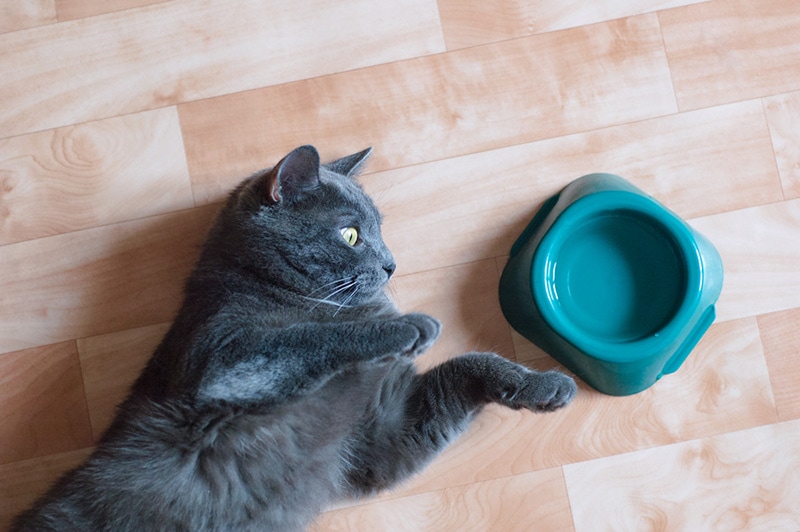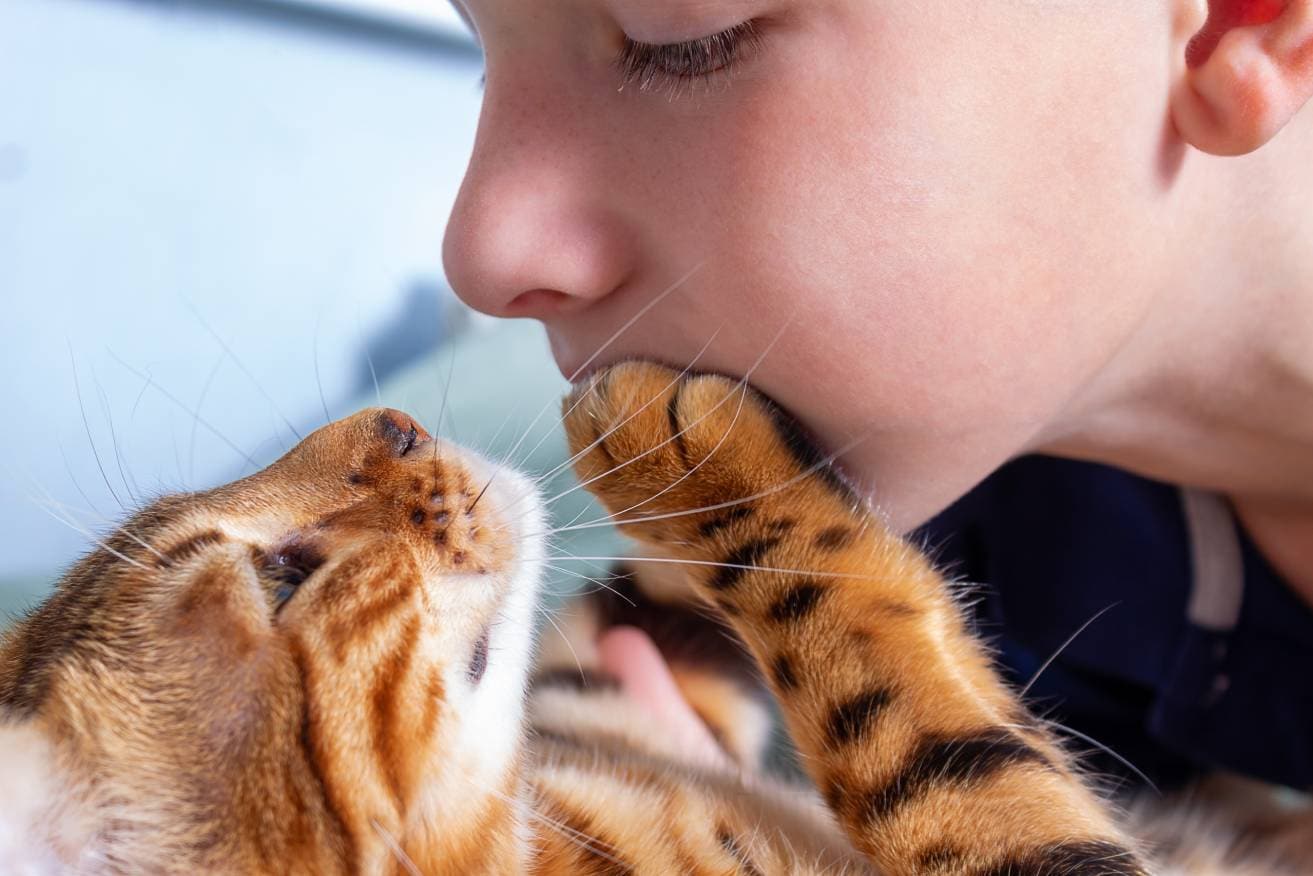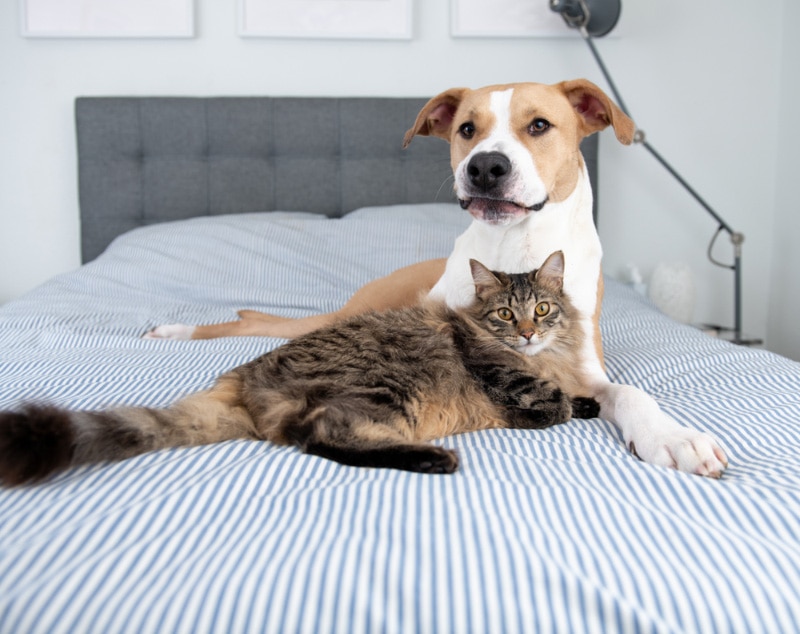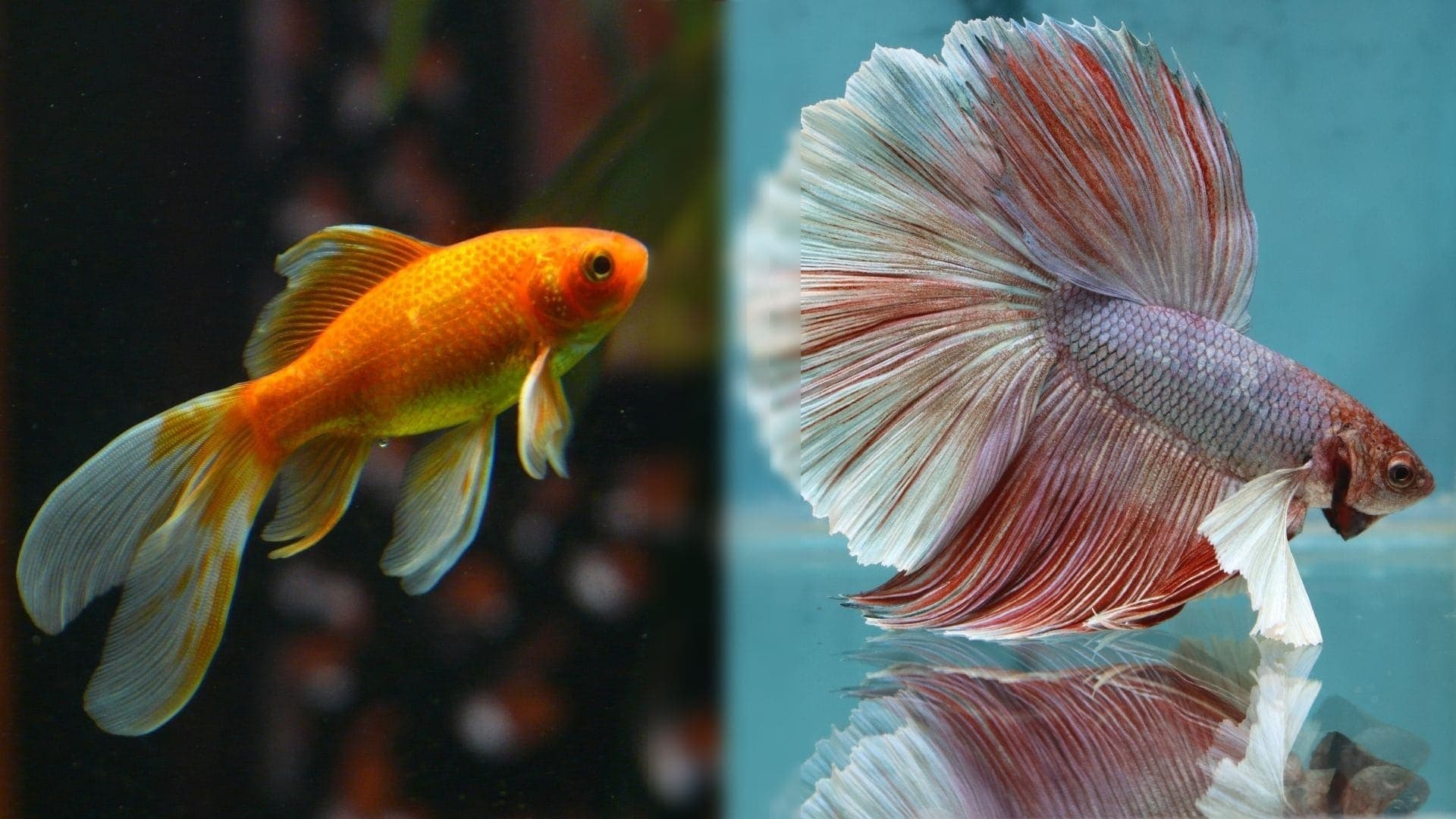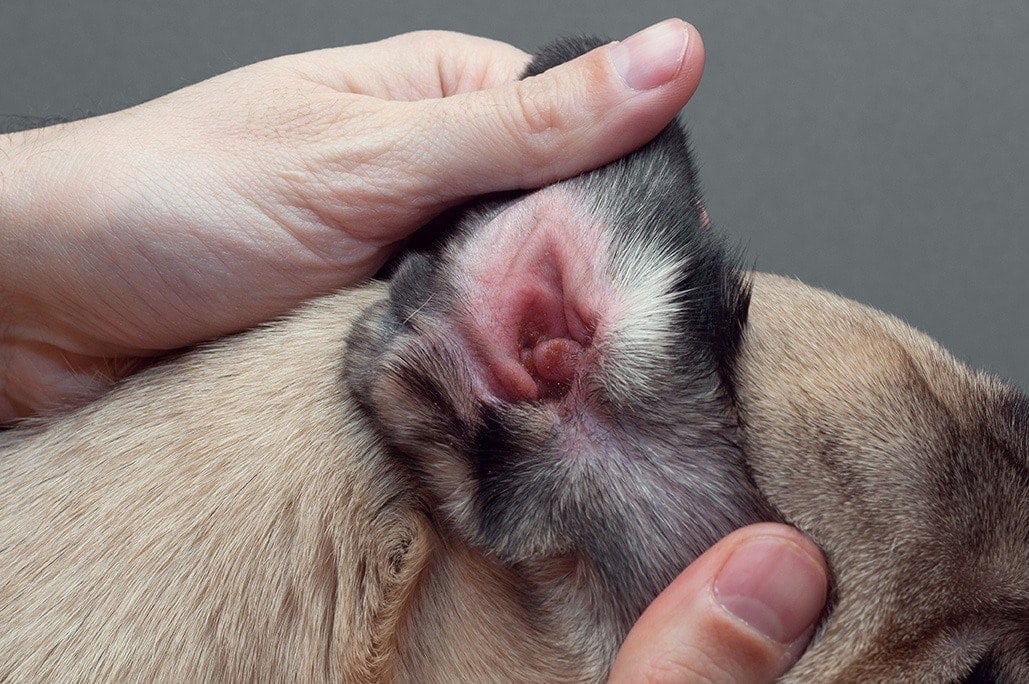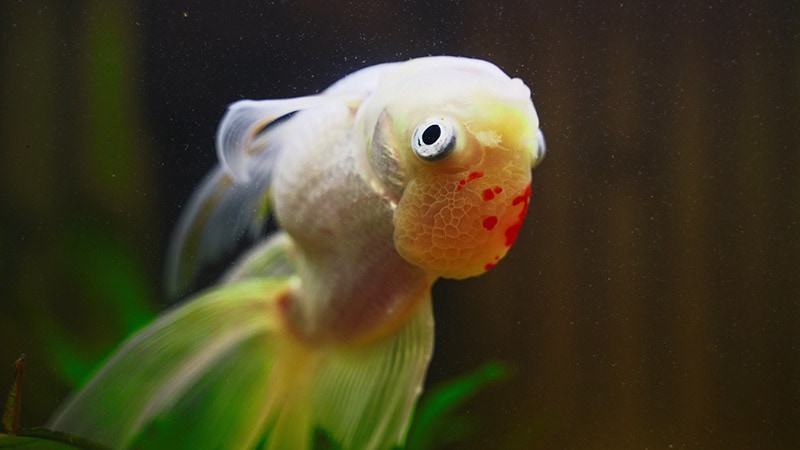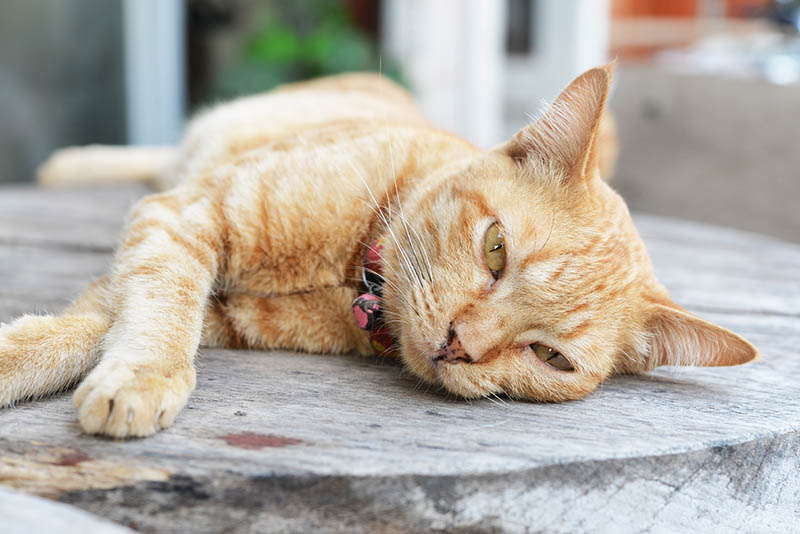History of Black Cats: How They Become a Superstitious Symbol
Updated on
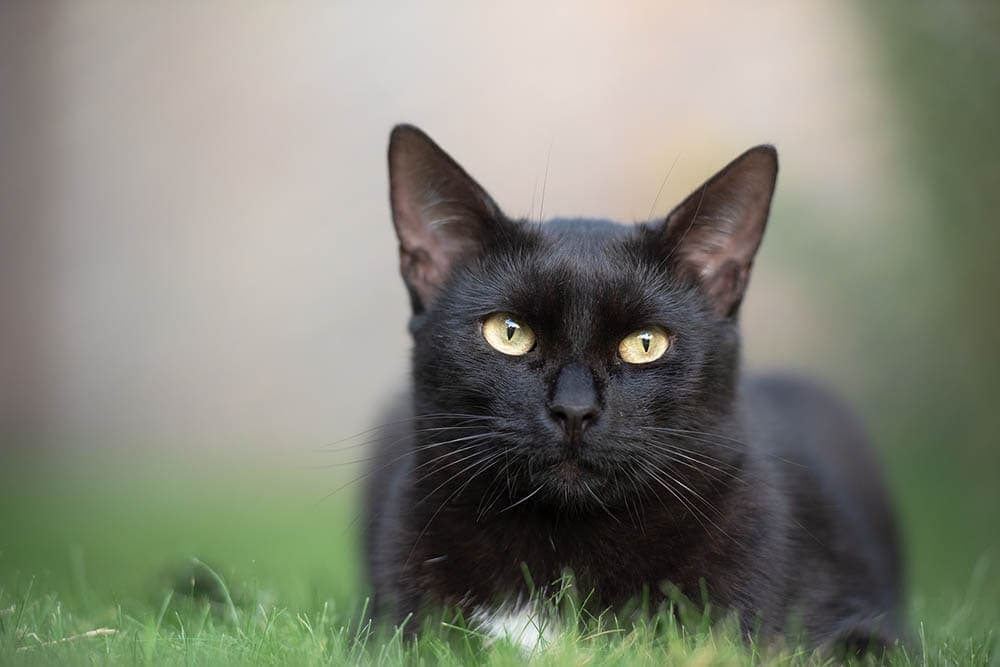
Black cats have an interesting history. Up until the Middle Ages, they were seen as a symbol of good luck. But somehow, their reputation changed. Black cats were then accused of shapeshifting, soul stealing, and consorting with the occult and the underworld. They are still discriminated against in the modern world as a result of these stories.
Fortunately, we are seeing the error of our ways and learning that black cats have nothing to do with bad luck. But how did they gain their status as a superstitious symbol in the first place? How did black cats change from good luck to bad? Let’s look at how the perception of black cats has changed throughout history.
The Superstitious History of Black Cats
Ancient History — circa 2800 B.C.
Ancient Egyptian cats were worshipped and revered. Cats were so idolized in ancient Egyptian culture that they even worshipped a cat goddess named Bastet, a guardian against disease and evil spirits.
Keeping a domestic cat was seen as a sign of good luck. Cats were treated like royalty, fed well, and adorned in jewels. Many were even mummified after death.
Killing a cat in ancient Egypt led to extreme punishments, including death.
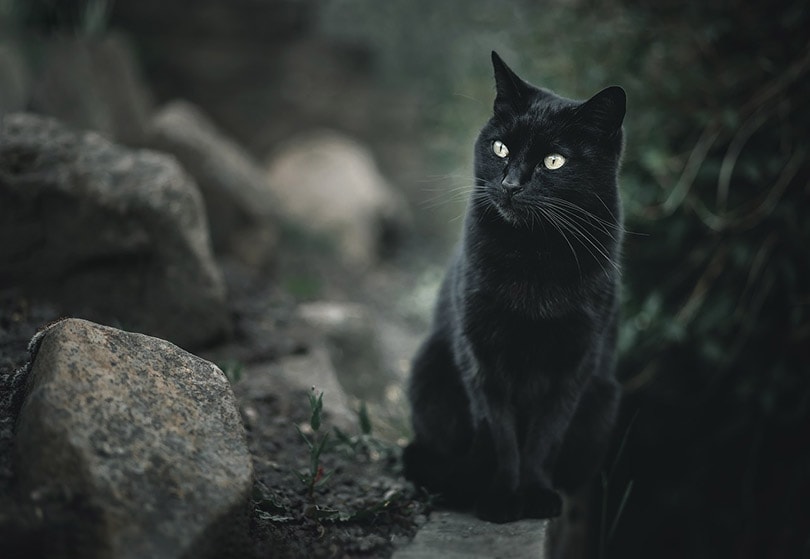
The Early Middle Ages — 8th Century A.D.
Sailors and fishers in the 8th century took black cats with them as companions and good luck symbols. Since cats were effective at reducing the rat populations on ships, they proved worthy companions, and sailors would often use their behavior to predict incoming weather.
- A cat sneezing is a sign that it’s going to rain.
- Cat snoring means a bad storm is moving in.
- A cat that is self-grooming means good weather.
The Middle Ages — 12th Century
In Europe, the Middle Ages were the point in time when the black cat’s reputation went sideways. The Cat Sith, or Sidh, in Celtic mythology was a black fairy that could shift forms nine times and steal the souls of people while they were asleep.
Many also believed that the devil would descend to earth as a black cat. Heretic groups were accused of worshipping cats, and elderly women with cats were considered witches.
Pope Innocent VIII declared the cat to be “the devil’s favorite animal and idol of witches.” In the 13th century (June 13, 1233, to be exact), Pope Gregory 1X declared black cats to be an “incarnation of Satan.” This statement marked the beginning of church-sanctioned witch hunts and laid the groundwork for the deadly witch trials that came later.
It became common superstition that a black cat crossing your path at night was a sign of an impending epidemic of sickness. In Italy, it was believed that a black cat lying on a sick person’s bed meant that they were about to die.

Colonial America
Black cats were seriously persecuted around the time of the infamous Salem witch trials. The Puritans who were hunting down “witches” did the same to black cats. They were burned on the Shrove before Lent to protect homes from fires.
People who had black cats in their homes were also subject to persecution. They were accused of being witches or friendly to witches, spying, and using dark magic.
Around this time, black cats became a symbol of Halloween, often depicted on a witch’s broom. Halloween, or All Hallows’ Eve, in colonial America was different than how we celebrate it today. It was based on the Celtic celebration of Samhain, when the supernatural and natural worlds collided, leaving the dead to walk among the living. Since Celtic beliefs stated that black cats could transpose themselves into humans, they were believed to be a gateway to the spirit world.
Modern Day
Most people no longer believe the superstitions about black cats, but many have heard that black cats bring bad luck. Unfortunately, these tales and legends have led to many people having an unconscious bias toward cats of a different color, and black cats are adopted far less frequently than lighter-colored cats.
This trend has led to awareness programs like Black Cat Appreciation Day, which is celebrated every August 17. The Cat Fanciers Association now recognizes 22 different breeds of black cats, and tons of celebrities have stepped up to promote awareness. October has been dubbed Black Cat Awareness Month.
Within pop culture, black cats are still typecast into Halloween symbols and witch’s companions. Sabrina the Teenage Witch owns one, as do the witches in the movie, “Hocus Pocus.” While they follow ancient traditions regarding their color, these cats are the heroes in their stories.
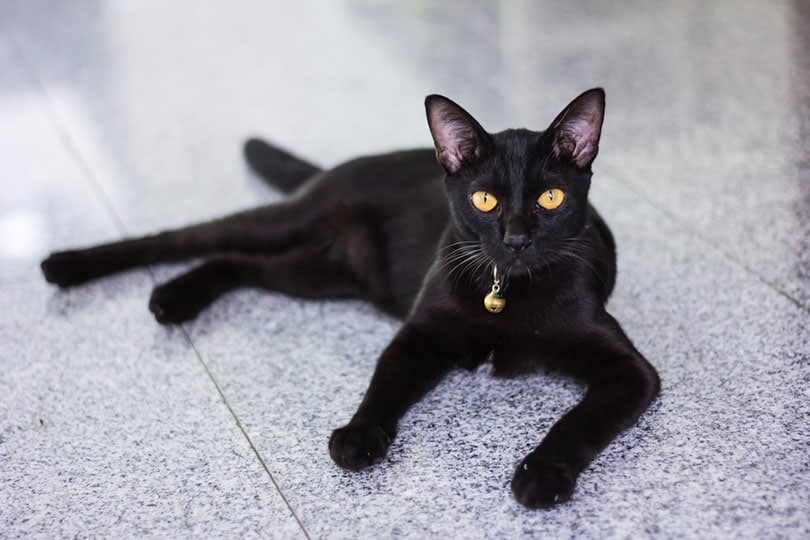
Final Thoughts
The history of black cats is peppered with superstition and intrigue. While they were once worshipped as deities, black cats eventually got a bad reputation. The reason that they were the target isn’t clear, but there’s no doubt that superstitions followed them for centuries. We now know that these beliefs aren’t true, and black cats are no different from cats of any other color. With more awareness of our unconscious biases toward black cats, they will surely regain their status as beloved members of the feline community.
Featured Image Credit: milesz, Pixabay

